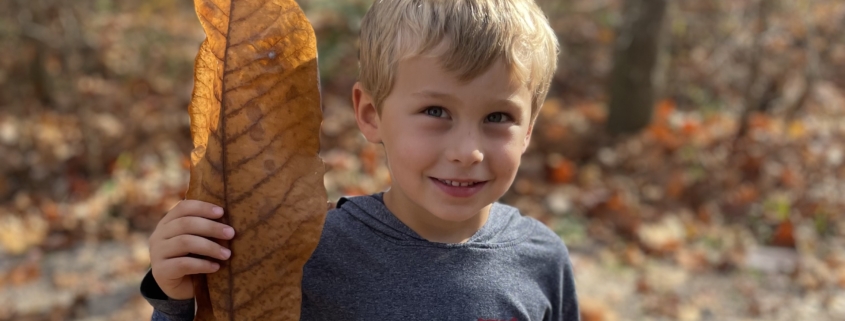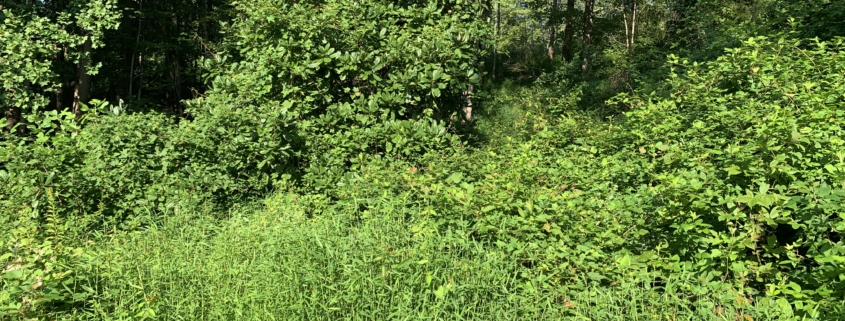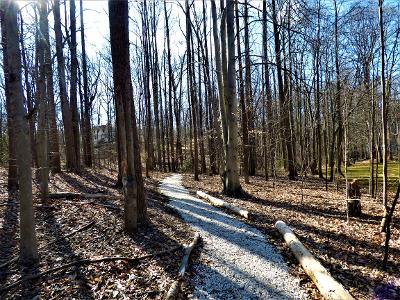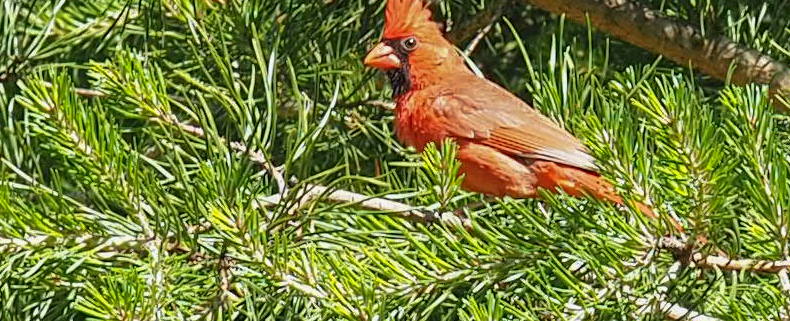Photo and article: Plant NOVA Natives
Market demand for native plants in our region has clearly risen in the past ten years. This is a very positive trend, fueled by an increased awareness of the benefits that native plants offer. It is also a sheer delight to see wildlife respond to our efforts, enjoying the food and shelter that a healthier environment offers.
However, a word of caution is in order. Elements of the landscape may pose serious hazards to the very wildlife that we’ve attracted. Are we drawing them closer, only to have them harmed by an avoidable threat to their health and wellbeing? In some cases, the answer is clearly yes. Here are some suggestions for identifying and addressing some of the more common threats.
Cats: The biggest threat to birds is habitat loss, but the second biggest is domestic cats. When allowed outdoors, they devastate populations not only of birds – an estimated 2.4 billion are killed by cats every year in the United States alone – but also of other small critters such as frogs, voles, and lizards. Domestic cats are an introduced species that have no place in our landscape.
Window strikes: The American Bird Conservancy estimates that window collisions kill up to 1 billion birds each year. The victims are not limited to migratory species striking large glass buildings in cities. They include our local backyard birds as they fly back and forth. The American Bird Conservancy has tested some inexpensive deterrents and discusses them on their website. One featured example is “Feather Friendly ®, adhesive dots that make the glass more visible to birds. Note that whatever product you choose, it is better to apply it to the exterior of the window. Internally-installed products are less effective when reflections on the glass are strong.
Outdoor lighting: Bright outdoor lighting is a life-threatening hazard to birds that migrate at night, disorienting them and disrupting their sense of direction to the point of exhaustion and death. Outdoor lighting also devastates fireflies, moths, and other nocturnal animals. As much as possible, turn off outdoor lighting, especially during peak migration periods (March 1 to June 15 and August 15 to November 30). Before 11 pm, turn off any lighting that may be directed upward, or at least consider adding a down-shield. Swap out light bulbs for warm spectrum LED (3000 K or less) to make them less attractive to insects.
Mosquito spraying: It is impossible to spray for mosquitoes without killing other insects as well, including bees, butterflies, caterpillars, ladybugs, and dragonflies. The residual effects of the pesticide will last for weeks, yet the intended effect is rather short lived, as mosquitoes can fly up to 2 miles and quickly repopulate the treated areas. Several less harmful tactics can keep them at bay. Mosquitoes are weak fliers, so turn on an electric fan on your deck to blow them away. Use mosquito repellents such as DEET. Most importantly, search your property for places that accumulate water where mosquitoes can breed, such as buckets, toys, downspouts, or the saucers under plant pots.
Rat poison: Rat poison is designed to smell and taste good to mice and rats, but it can be just as appealing to other mammals as well. Even if placed inside, the poison can be carried outside by the mice and rats to where other wild animals can find it. But most cases of wildlife poisoning do not occur from direct consumption. Rather, poisoning occurs secondarily when a raptor eats a poisoned animal. The poison then accumulates in the raptor’s body, leading to the same kind of slow and agonizing death for the bird as it does for the mammal. More environmentally-friendly ways to keep rats and mice out of your home include sealing all entry points, securing food resources such as birdseed, pet food, and trash, making sure rodent nesting materials such as shredded paper or fabric are not available, or adding nest boxes for raptors to attract them to your yard. One barn owl can consume a thousand mice in a year, and that is a conservative estimate.
Nandina berries: Nandina is native to eastern Asia but has been a landscaping favorite across our region for a long time, mostly due to the profuse red berries it produces in late fall that persist through winter. Nandina berries, however, contain cyanide and other alkaloids that are deadly to birds when consumed in large volumes. There are many beautiful native substitutes for the invasive nandina, such as Winterberry and Red Chokeberry.
The Northern Virgina Bird Alliance website has more details on avoiding these and other human-made hazards.
As always, awareness is everything. When viewed more holistically, native plants are one piece in the larger puzzle of ecosystem restoration. Other factors complete the picture, including soil health, animals, favorable climate conditions, and fewer environmental risks, with each piece interdependent upon the other.











